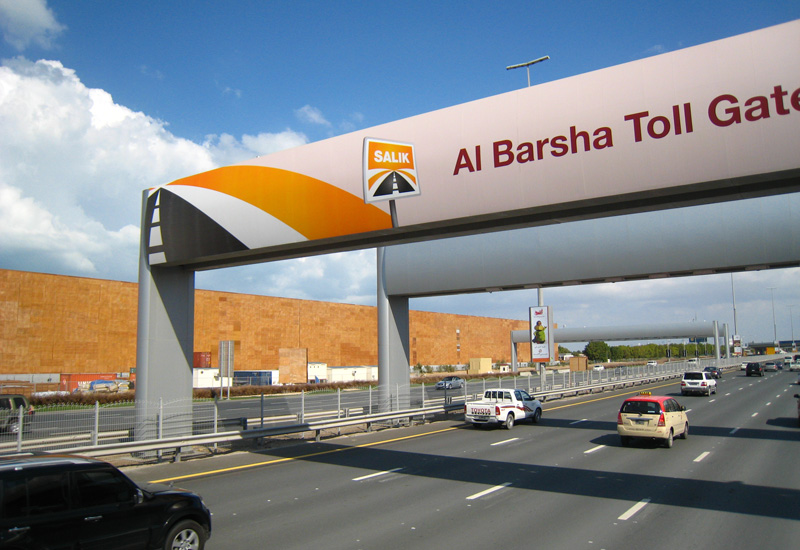Al Barsha Toll Gate has become one of the most discussed topics in Dubai’s transport and mobility sector. As the Roads and Transport Authority (RTA) continues to expand the Salik toll gate system, the addition of new tolls in key areas has sparked debate about traffic congestion, daily commute costs, and the future of transportation in the city.
Located near the bustling community of Al Barsha, this toll gate is more than just a checkpoint—it represents Dubai’s push toward smarter, more sustainable mobility solutions. But what does it mean for residents, commuters, and businesses? Let’s dive deep into the impact of the Al Barsha Toll Gate and what lies ahead for Dubai’s transportation network.
Why the Al Barsha Toll Gate Matters
Dubai introduced its first toll gates in 2007 under the Salik system to reduce congestion on Sheikh Zayed Road. Since then, toll gates have become an integral part of city travel, balancing road use and encouraging public transport.

The Al Barsha Toll Gate was strategically installed in one of the busiest areas of Dubai. Al Barsha itself is a thriving residential and commercial hub, home to Mall of the Emirates, schools, hospitals, and thousands of expats. Traffic density in this area often peaks during rush hours, making congestion a daily struggle.
By placing the toll gate here, the RTA aims to reduce bottlenecks, distribute traffic more evenly across alternative routes, and encourage more people to use the Dubai Metro, buses, and ride-sharing options.

The Location and Its Strategic Importance
The Al Barsha Toll Gate sits along Sheikh Zayed Road near Mall of the Emirates, a hotspot for commuters traveling between Dubai Marina, Downtown, and Sharjah.
Key reasons for this location include:
- High daily traffic volumes, with thousands of vehicles crossing this stretch every day.
- Proximity to commercial and residential areas that require better traffic management.
- Encouragement of Metro usage, especially since the Mall of the Emirates Metro Station is nearby.
This shows that the toll gate isn’t just about collecting fees—it’s about urban planning and easing mobility challenges.
How the Al Barsha Toll Gate Works
Like other Salik gates, the Al Barsha Toll Gate works through RFID tags attached to vehicles. When a car passes under the gate, a fee of AED 4 is automatically deducted.
Features include smooth vehicle flow without physical barriers, 24/7 operation, and full integration with Salik accounts through the app or website.
Public Reaction: Mixed Opinions
The introduction of the Al Barsha Toll Gate has generated both positive and negative reactions.
Supporters argue that:
- It helps ease traffic congestion.
- Encourages commuters to switch to public transport.
- Saves time for those willing to pay the fee.
Critics argue that:
- It adds to the financial burden of daily commuters.
- Alternative routes are limited, forcing some to pay regardless.
- Businesses may face challenges with delivery and logistics costs.
This mix of feedback highlights the delicate balance between mobility management and public acceptance.
Economic Impact of the Al Barsha Toll Gate
The toll gate system not only regulates traffic but also contributes to Dubai’s revenue, which is reinvested into transport infrastructure.
Economic impacts include:
- Increased public transport ridership, as more people may prefer the Metro or buses.
- Higher operational costs for delivery companies operating across multiple toll zones.
- Potential rise in rental values in areas with toll-free accessibility.
Alternatives and Bypasses
For commuters trying to avoid the Al Barsha Toll Gate, some alternatives exist, though they may not always be convenient.
Options include using Umm Suqeim Street or Al Khail Road as longer but toll-free routes, switching to public transport such as the Metro, or carpooling to split costs.
The RTA continues to encourage multi-modal transport solutions instead of overreliance on private vehicles.

Environmental Benefits
While tolls are often seen as a burden, they do contribute to Dubai’s sustainability goals.
Benefits include reduced traffic leading to lower emissions, fewer private cars on the road due to greater use of public transport, and better alignment with Dubai’s 2040 Urban Master Plan for greener mobility.
Thus, the Al Barsha Toll Gate plays a small but important role in the city’s long-term environmental strategy.
Comparison with Other Toll Gates in Dubai
Dubai currently has several Salik gates, including Al Garhoud Bridge, Al Maktoum Bridge, Airport Tunnel, Jebel Ali, and Al Safa.
Compared to these, Al Barsha is unique because it directly affects a major residential and commercial hub rather than just highways. This makes its impact more visible in daily life.
Future of Toll Gates in Dubai
The Al Barsha Toll Gate may not be the last. Dubai continues to expand its smart transport network, meaning more tolls could be introduced in the coming years.
Future developments may include dynamic pricing based on peak hours, AI-powered systems to monitor and adjust traffic flow, and integration with smart city platforms to align toll data with wider mobility strategies.
Tips for Commuters Affected by the Al Barsha Toll Gate
To adapt to the changes, commuters can:
- Plan routes in advance using apps like RTA Dubai or Google Maps.
- Make use of the Metro, with Mall of the Emirates station offering direct connectivity.
- Carpool to share toll expenses.
- Keep Salik accounts topped up to avoid fines for insufficient balance.
Conclusion
The Al Barsha Toll Gate represents a crucial step in Dubai’s evolving mobility landscape. While it has sparked mixed reactions, its long-term goal is to ease congestion, promote public transport, and align with the city’s smart, sustainable future.
For residents and commuters, adapting to this system means rethinking daily travel habits and embracing more efficient alternatives. Whether you see it as a financial burden or a solution to traffic woes, one thing is clear—the Al Barsha Toll Gate has already reshaped the way people move across the heart of Dubai.
Do follow UAE Stories on Instagram
Read More: Global Village Dubai: Explore a World of Cultures














